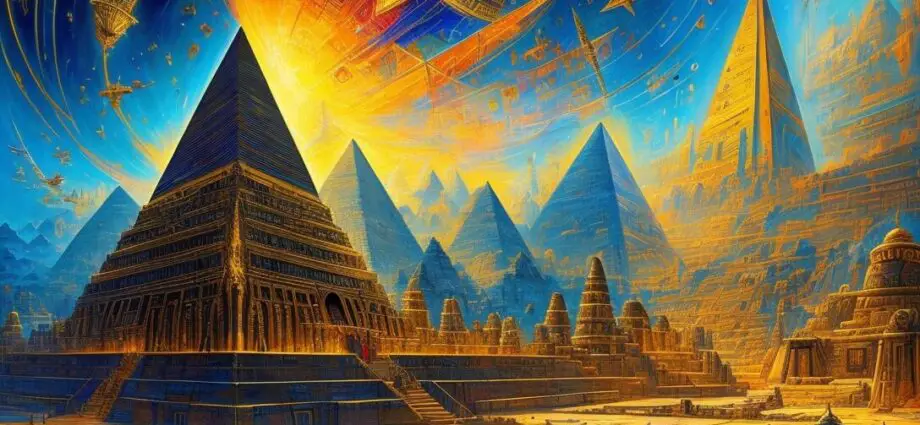The ancient world has always been a wellspring of wisdom, its secrets waiting to be unearthed and applied to our modern lives. One such profound knowledge is Egyptian numerology, a system used by ancient Egyptians, that goes beyond mere arithmetic. It offers a philosophical insight into the interconnectedness of the universe and our place in it. This fascinating form of numerology, with its deep roots and a myriad of symbolic meanings, is an effective tool for understanding ourselves and our destiny better.
Over the course of this blog post, we will journey through the enigmatic world of ancient Egyptian numerology, exploring its history, significance, and various facets. We’ll discuss its basis – the Egyptian number system, and the symbolism it carries. We’ll also dive into the subtleties of Egyptian mathematics, and decode the meanings behind various numbers according to Egyptian numerology. By the end, you’ll have a solid foundation and a new perspective, ready to unlock the secrets of the Pharaohs for modern life decoding.
The Roots of Egyptian Numerology
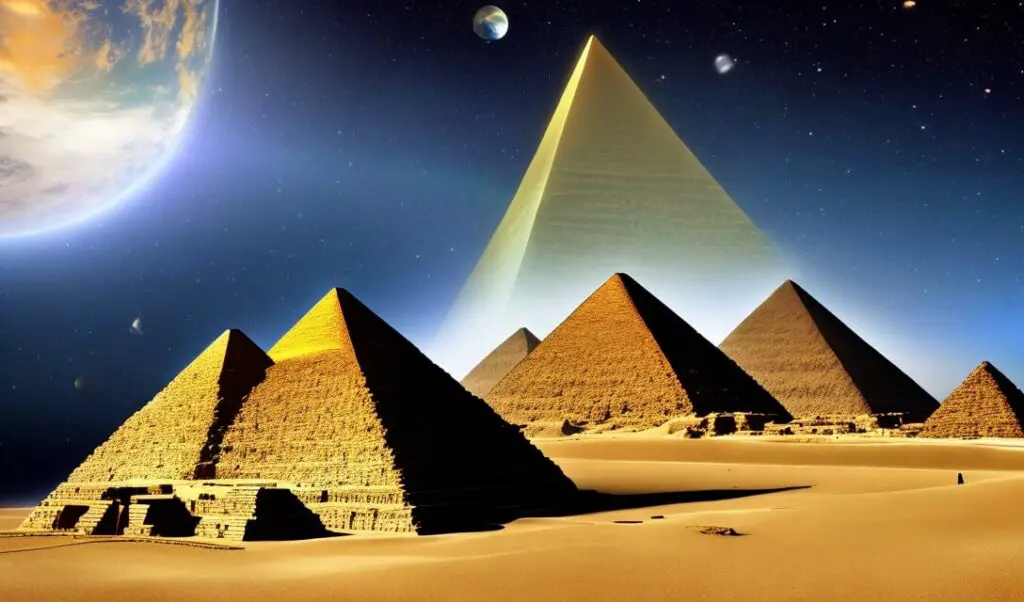
The roots of Egyptian numerology are deeply entrenched in the ancient history of Egypt, a civilization known for its monumental contributions to knowledge and culture. The history of the Egyptian number system is as vast as the sands of the Nile, dating back to around 3000 BC, when the first hieroglyphs depicting numbers were found on bones and pottery. These ancient Egyptian numbers were the foundation of a number system that was surprisingly advanced for its time.
The Egyptian number system was established based on hieroglyphic symbols. Each symbol represented a different unit of numbers. One of the unique aspects of this number system is that it was additive, meaning the value of a number was determined by adding the values of the hieroglyphic symbols. Unlike the Roman numeral system, there was no need for a concept of ‘zero’. The creation of this system was not a sudden development but was a gradual evolution over the course of the civilization’s existence, adapting to their changing needs.
The most definitive milestone in the development of this number system was the creation of the decimal system. The Egyptians recognized that the decimal system was more efficient for calculations, leading to its widespread adoption. This development was also a clear reflection of the Egyptians’ advanced understanding of mathematics and their practical approach to problem-solving.
Understanding the Egyptian Number System
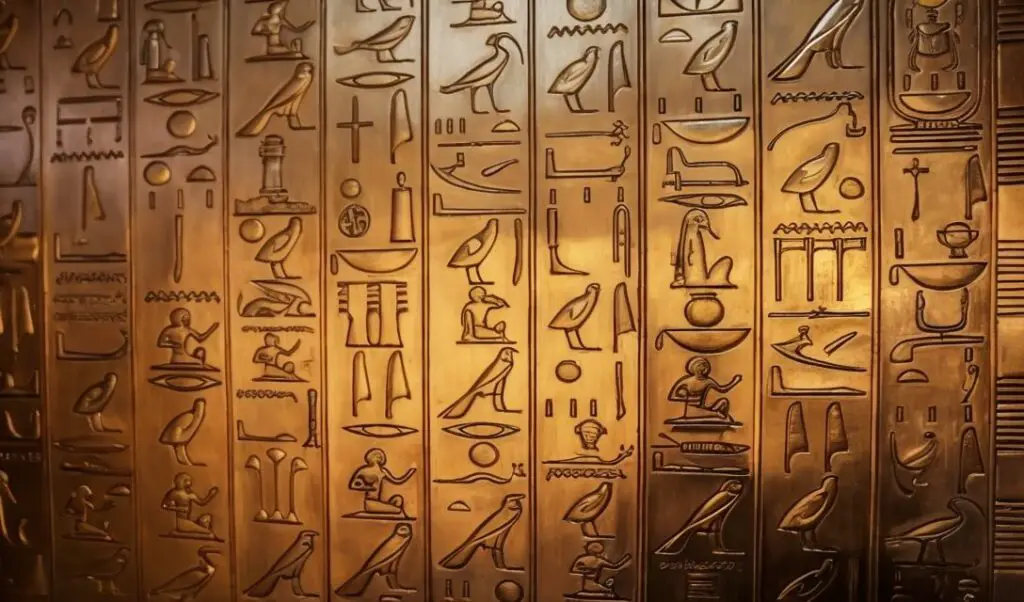
The Egyptian number system is a fascinating study of how a civilization developed a system of counting and calculating that served its practical needs and reflected its world view. The ancient Egyptians used a system of numerals, known as hieroglyphic numerals, for their counting and measuring.
Each Egyptian numeral was a combination of symbols for 1, 10, 100, 1,000, 10,000, 100,000, and 1,000,000. These symbols, or Egyptian number symbols, were used repetitively, combined in different ways to represent different numbers. For instance, the number 276 would be represented by two symbols for 100, seven symbols for 10, and six symbols for 1.
In addition to these common numerals, there were also special numerals, known as Egyptian hieratic numerals, used by priests and scribes for religious and administrative records. These hieratic numerals were simplified versions of the hieroglyphic numerals and were written in ink on papyrus. Hieratic numerals made it easier to write large quantities and perform calculations.
While the Egyptian number system might seem complex at first glance, it’s a testament to the Egyptians’ deep understanding of mathematics and their creative approach to solving problems. This number system served them well for over three thousand years, used in everything from building the pyramids to recording their history.
The ancient Egyptian number symbols used in this number system were not just functional, but also held a deeper, spiritual significance. The Egyptians believed in the power of symbols and saw them as conduits of divine energy. Therefore, each number and its corresponding symbol had a particular spiritual meaning, making them easy Egyptian symbols to recognize and interpret.
Egyptian Mathematics: An Overview
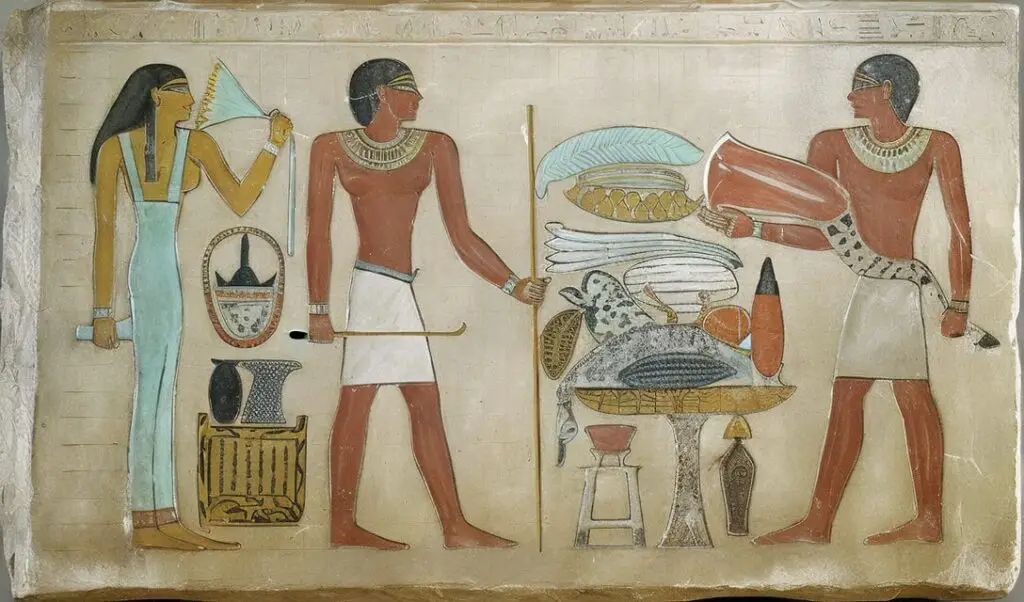
Egyptian mathematics is a testament to the ingenuity of the ancient Egyptians. It was a complex system, deeply intertwined with their daily lives, culture, and spirituality. It played a crucial role in various aspects like construction, trade, astronomy, and taxation. The Egyptian number system was an integral part of this mathematical framework, providing the structure for calculations.
Understanding how the Egyptian number system works involves grasping the basics of Egyptian arithmetic. They utilized a method of addition and subtraction based on the doubling principle, which might seem complex at first, but is a brilliant example of their inventive thought process. They didn’t have a formal system of division or multiplication like ours, but by employing techniques of doubling and halving, they were able to perform complex calculations.
For instance, to add Egyptian numbers, the values of individual symbols were summed. Suppose you’re adding the numbers 276 and 384. In Egyptian numerology, 276 would be represented by two symbols for 100, seven symbols for 10, and six symbols for 1. Similarly, 384 would be represented by three symbols for 100, eight symbols for 10, and four symbols for 1. By combining these symbols, you would get the total, 660.
The Egyptian mathematics contributions were not just limited to their unique system of arithmetic. The Rhind Mathematical Papyrus, one of the most famous mathematical documents from ancient Egypt, showcases their understanding of geometry, fractions, and algebraic equations.
Of special note is the Egyptian symbol for life, known as the Ankh. In many hieroglyphic inscriptions, the Ankh symbol was used to represent the concept of a million, signifying “a life uncountable,” further demonstrating the connection between their mathematics, language, and spiritual beliefs.
Egyptian Numerology Chart and Number Meanings
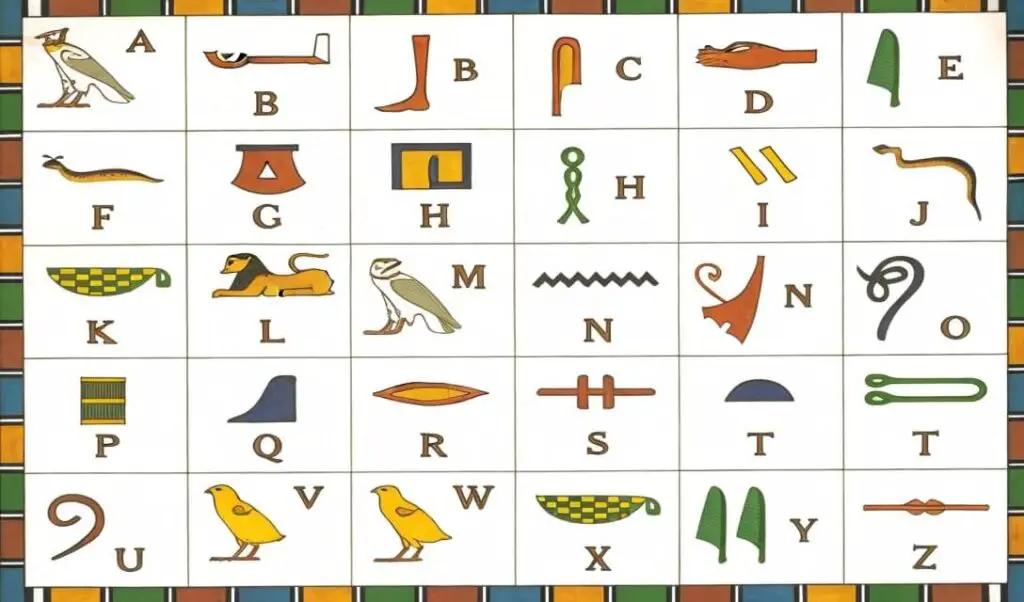
Delving deeper into the realm of Egyptian numerology, we find that numbers weren’t simply mathematical concepts for the Egyptians. They were imbued with a rich tapestry of meanings, telling tales of gods, creation, and the mysteries of life and death.
An Egyptian numerology chart is a treasure map to understanding these profound meanings. For example, the Egyptian numerology number 4 is tied closely with the four cardinal points, the four sons of Horus, and the four canopic jars used in the mummification process. Thus, this number was associated with protection and stability.
The ancient Egyptian colors and their meanings also played a significant role in their number system. For example, the color green was related to the number 7 because it represented fertility and resurrection, corresponding with the seven-day week’s creation and renewal cycle.
One of the most potent aspects of Egyptian numerology is the spiritual meaning behind numbers. Each number had an associated deity and an astrological connection, giving it a divine resonance. These connections provide a guide for interpreting numbers in dreams, significant dates, and other personal symbols, unraveling their spiritual significance.
A compelling question often asked is, what does Egypt represent spiritually? Egypt, with its pantheon of gods and intricate belief systems, represents the search for order, meaning, and eternal life. This spiritual worldview is intricately woven into their numerology system, making it a potent tool for self-understanding and spiritual growth.
How to Calculate Your Egyptian Numerology Number
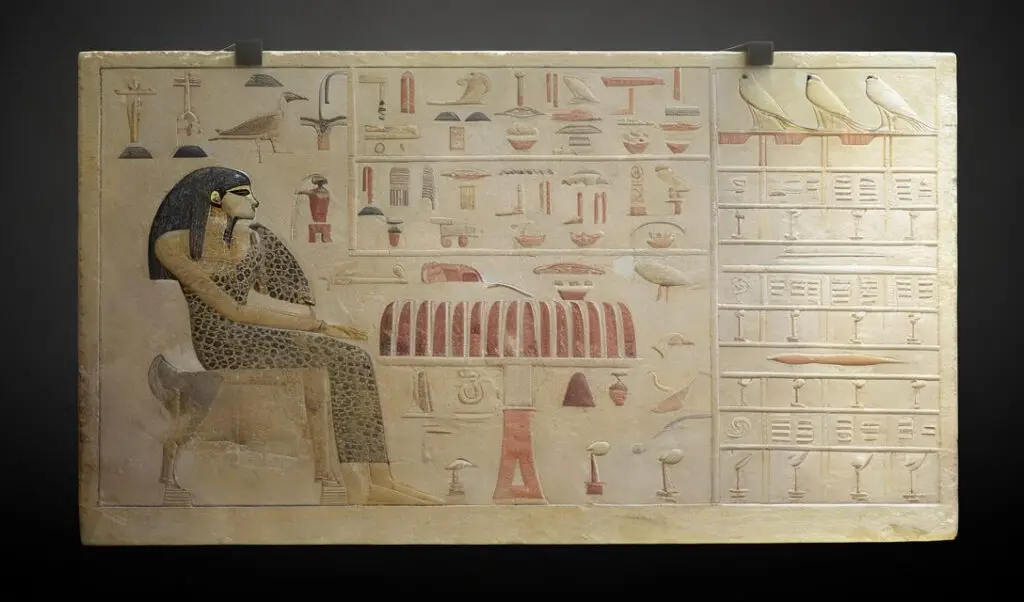
The art of Egyptian numerology is not just a historical curiosity. It’s a living tradition that we can use to explore our own personalities, destinies, and spiritual paths. How to find your Egyptian numerology number, you may ask?
First, it’s important to understand how numerology is calculated. In numerology, the numbers associated with your birth date are added together until they’re reduced to a single digit. This digit is your Life Path number, representing your personality’s core and your life’s primary trajectory.
Let’s use an example: Suppose your birthdate is December 18, 1980. In Egyptian numerology, you would calculate your Life Path number by adding together the day, month, and year of your birth.
1+2 (for December) + 1+8 (for the 18th day) + 1+9+8+0 (for 1980) = 30
Next, add the resulting digits together until you get a single digit:
3+0 = 3
So, your Life Path number in Egyptian numerology would be 3.
Your Life Path number can help you discover what Egyptian god you are born under. For instance, if your Life Path number is 3, you are born under the deity Thoth, who is the god of wisdom, writing, and magic.
The beauty of numerology is that it’s accessible to everyone. There are free Egyptian number resources and calculators available online, providing a user-friendly way to explore this ancient tradition.
The Influence of Egyptian Numerology on Modern Life
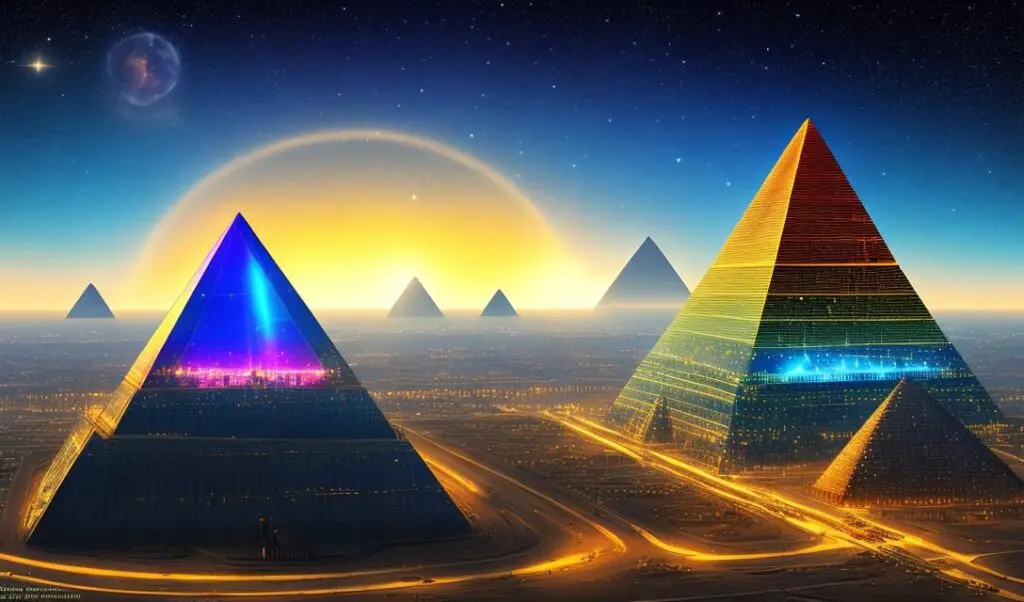
Despite the ancient origins of Egyptian numerology, its influence continues to resonate in modern life. From mathematics and architecture to spirituality and personal development, the echoes of the ancient Egyptian number system are still heard today.
You might wonder, did ancient Egyptians use Roman numerals? While Roman numerals and Egyptian hieroglyphic numbers share similarities, such as using specific symbols to represent numbers, they are distinct systems. Nevertheless, the influence of Egyptian numbers on other numerical systems, including Roman numerals, is undeniable.
The continued relevance of Egyptian symbols in modern culture is another testimony to Egyptian numerology’s lasting influence. Symbols such as the Ankh, Eye of Horus, and Scarab Beetle are recognized worldwide, carrying the spiritual wisdom of ancient Egypt into the present day.
So, what do Egyptian numbers look like in the 21st century? They’ve been revitalized in the form of Egyptian numerology, serving as spiritual tools for self-understanding and growth. They appear in everything from personality profiling and relationship compatibility analysis to personal year calculations and life path readings. The ancient wisdom of Egyptian numerology continues to help us navigate life’s mysteries, just as it did for the pharaohs thousands of years ago.
Conclusion
The rich tapestry of Egyptian numerology is a fascinating blend of mathematics, spirituality, and symbolic language. From its historical roots in ancient Egypt to its modern application, it offers us a unique lens through which we can understand ourselves and the world around us.
Whether you’re exploring the number symbols used by ancient Egyptian scribes or calculating your own Life Path number, Egyptian numerology offers a wealth of wisdom and insight. The journey through the numbers is not just an intellectual exercise but a voyage of self-discovery, personal growth, and spiritual awakening. This ancient art beckons us to unlock the secrets of the pharaohs and decode the mysteries of our own lives.
